We present a forecasting algorithm based on support vector regression emphasizing the practical benefits of wavelets for financial time series. We utilize an e ective de-noising algorithm based on wavelets feasible under the assumption that the data is generated by a systematic pattern plus random noise. The learning algorithm focuses solely on the time frequency components, instead of the full time series, leading to a more general approach. Our findings propose how machine learning can be useful for data science applications in combination with signal processing methods. The timefrequency decomposition enables the learning algorithm to solely focus on periodical components that are beneficial to the forecasting power as we drop features with low explanatory power. The proposed integration of feature selection and parameter optimization in a single optimization step enable the proposed algorithm to be scaled for a variety of applications. Applying the algorithm to real life financial data shows wavelet decompositions based on the Daubechie and Coiflet basis functions to deliver the best results for the classification task.
1.
Introduction and definitions
To understand in a clear way the notions used in our main results, we need to add here some basic literature of Geometric function theory. For this we start first with the notation A which denotes the class of holomorphic or analytic functions in the region D={z∈C:|z|<1} and if a function g∈A, then the relations g(0)=g′(0)−1=0 must hold. Also, all univalent functions will be in a subfamily S of A. Next we consider to define the idea of subordinations between analytic functions g1 and g2, indicated by g1(z)≺g2(z), as; the functions g1,g2∈A are connected by the relation of subordination, if there exists an analytic function w with the restrictions w(0)=0 and |w(z)|<1 such that g1(z)=g2(w(z)). Moreover, if the function g2∈S in D, then we obtain:
In 1992, Ma and Minda [16] considered a holomorphic function φ normalized by the conditions φ(0)=1 and φ′(0)>0 with Reφ>0 in D. The function φ maps the disc D onto region which is star-shaped about 1 and symmetric along the real axis. In particular, the function φ(z)=(1+Az)/(1+Bz), (−1≤B<A≤1) maps D onto the disc on the right-half plane with centre on the real axis and diameter end points 1−A1−B and 1+A1+B. This interesting familiar function is named as Janowski function [10]. The image of the function φ(z)=√1+z shows that the image domain is bounded by the right-half of the Bernoulli lemniscate given by |w2−1|<1, [25]. The function φ(z)=1+43z+23z2 maps D into the image set bounded by the cardioid given by (9x2+9y2−18x+5)2−16(9x2+9y2−6x+1)=0, [21] and further studied in [23]. The function φ(z)=1+sinz was examined by Cho and his coauthors in [3] while φ(z)=ez is recently studied in [17] and [24]. Further, by choosing particular φ, several subclasses of starlike functions have been studied. See the details in [2,4,5,11,12,14,19].
Recently, Ali et al. [1] have obtained sufficient conditions on α such that
Similar implications have been studied by various authors, for example see the works of Halim and Omar [6], Haq et al [7], Kumar et al [13,15], Paprocki and Sokól [18], Raza et al [20] and Sharma et al [22].
In 1994, Hayman [8] studied multivalent (p-valent) functions which is a generalization of univalent functions and is defined as: an analytic function g in an arbitrary domain D⊂C is said to be p-valent, if for every complex number ω, the equation g(z)=ω has maximum p roots in D and for a complex number ω0 the equation g(z)=ω0 has exactly p roots in D. Let Ap (p∈N={1,2,…}) denote the class of functions, say g∈Ap, that are multivalent holomorphic in the unit disc D and which have the following series expansion:
Using the idea of multivalent functions, we now introduce the class SL∗p of multivalent starlike functions associated with lemniscate of Bernoulli and as given below:
In this article, we determine conditions on α such that for each
are subordinated to Janowski functions implies g(z)zp≺√1+z, (z∈D). These results are then utilized to show that g are in the class SL∗p.
1.1. Lemma
Let w be analytic non-constant function in D with w(0)=0. If
then there exists a real number m (m≥1) such that z0w′(z0)=mw(z0).
This Lemma is known as Jack's Lemma and it has been proved in [9].
2.
Main results
2.1. Theorem
Let g∈Ap and satisfying
with the restriction on α is
Then
Proof
Let us define a function
where the function p is analytic in D with p(0)=1. Also consider
Now to prove our result we will only require to prove that |w(z)|<1. Logarithmically differentiating (2.3) and then using (2.2), we get
and so
Now, we suppose that a point z0∈D occurs such that
Also by Lemma 1.1, a number m≥1 exists with z0w′(z0)=mw(z0). In addition, we also suppose that w(z0)=eiθ for θ∈[−π,π]. Then we have
Now if
then
which illustrates that the function ϕ(m) is increasing and hence ϕ(m)≥ϕ(1) for m≥1, so
Now, by using (2.1), we have
which contradicts the fact that p(z)≺1+Az1+Bz. Thus |w(z)|<1 and so we get the desired result.
Taking g(z)=zp+1f′(z)pf(z) in the last result, we obtain the following Corollary:
2.2. Corollary
Let f∈Ap and satisfying
with the condition on α is
Then f∈SL∗p.
2.3. Theorem
If g∈Ap such that
with
then
Proof
Let us choose a function p by
in such a way that p is analytic in D with p(0)=1. Also consider
Using some simple calculations, we obtain
and so
Let a point z0∈D exists in such a way
Then, by virtue of Lemma 1.1, a number m≥1 occurs such that z0w′(z0)=mw(z0). In addition, we set w(z0)=eiθ, so we have
Now let
it implies
which illustrates that the function ϕ(m) is increasing and so ϕ(m)≥ϕ(1) for m≥1, hence
Now, by using (2.6), we have
which contradicts (2.5). Thus |w(z)|<1 and so the desired proof is completed.
Putting g(z)=zp+1f′(z)pf(z) in last Theorem, we get the following Corollary:
2.4. Corollary
If f∈Ap and satisfying
with
then f∈SL∗p.
2.5. Theorem
If g∈Ap and satisfy the subordination relation
with the condition on α
is true, then
Proof
Let us define a function
Then p is analytic in D with p(0)=1. Also let us consider
Using some simplification, we obtain
and so
Let us choose a point z0∈D such a way that
Then, by the consequences of Lemma 1.1, a number m≥1 occurs such that z0w′(z0)=mw(z0) and also put w(z0)=eiθ,for θ∈[−π,π], we have
Then
which demonstrates that the function ϕ(m) is increasing and thus ϕ(m)≥ϕ(1) for m≥1, hence
Now, using (2.8), we have
which contradicts (2.7). Thus |w(z)|<1 and so we get the required proof.
If we set g(z)=zp+1f′(z)pf(z) in last theorem, we easily have the following Corollary:
2.6. Corollary
Assume that
and if f∈Ap satisfy
then f∈SL∗p.
2.7. Theorem
If g∈Ap satisfy the subordination
with restriction on α is
then
Proof. Let us define a function
where p is analytic in D with p(0)−1=0. Also let
Using some simple calculations, we obtain
and so
Let us pick a point z0∈D in such a way that
Then, by using Lemma 1.1, a number m≥1 exists such that z0w′(z0)=mw(z0) and put w(z0)=eiθ, for θ∈[−π,π], we have
Now let
then
which shows that ϕ(m) is an increasing function and hence it will have its minimum value at m=1, so
Using (2.9), we easily obtain
which is a contradiction to the fact that p(z)≺1+Az1+Bz, and so |w(z)|<1. Hence we get the desired result.
If we put g(z)=zp+1f′(z)pf(z) in last Theorem, we achieve the following result:
2.8. Corollary
If f∈Ap and satisfy the condition
and
then f∈SL∗p.
Conflict of interest
All authors declare no conflict of interest in this paper.











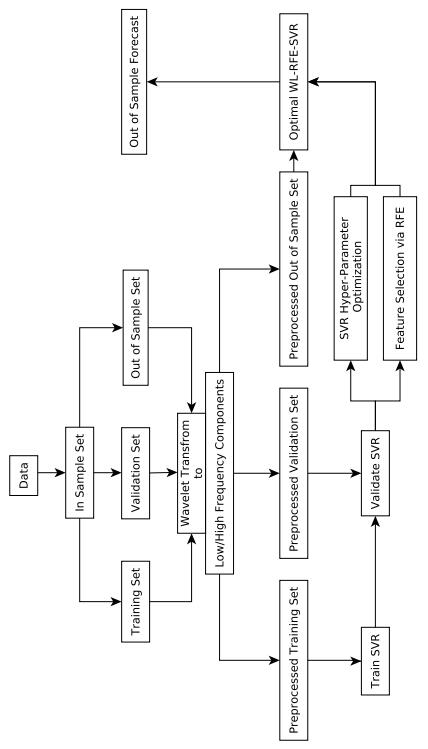
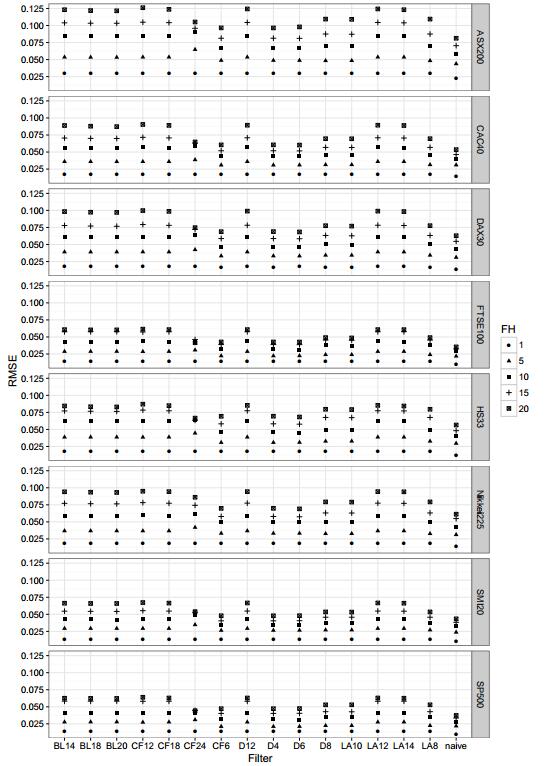
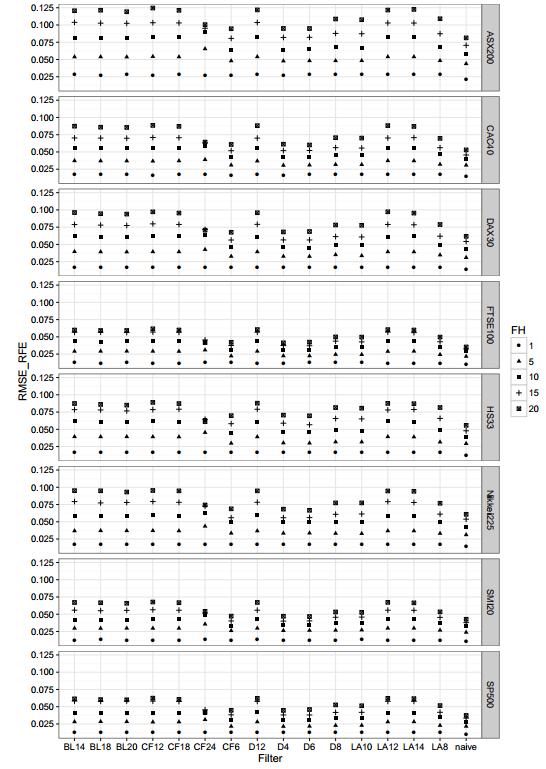
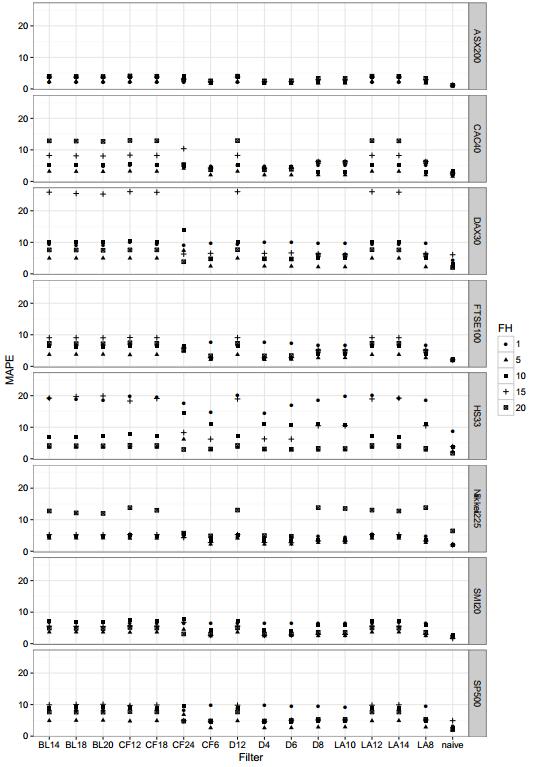
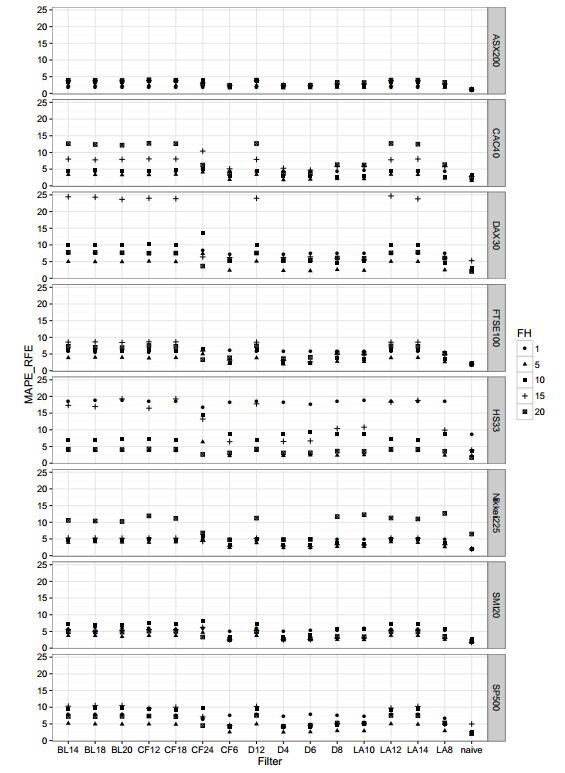
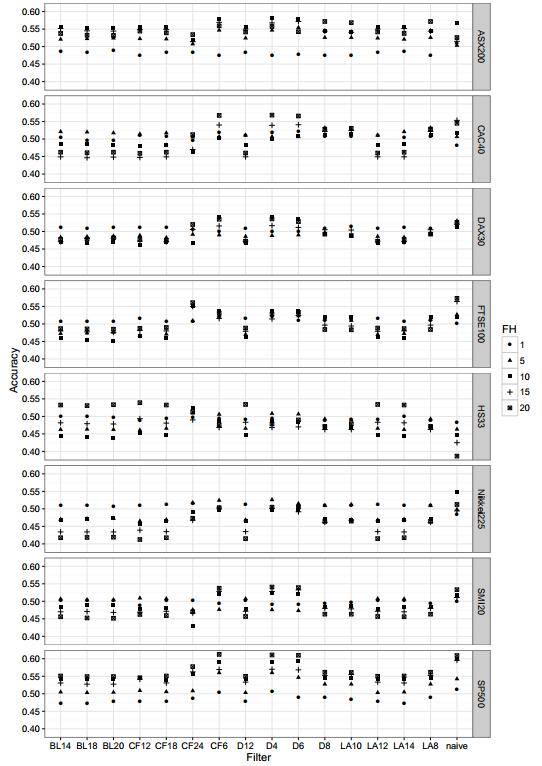
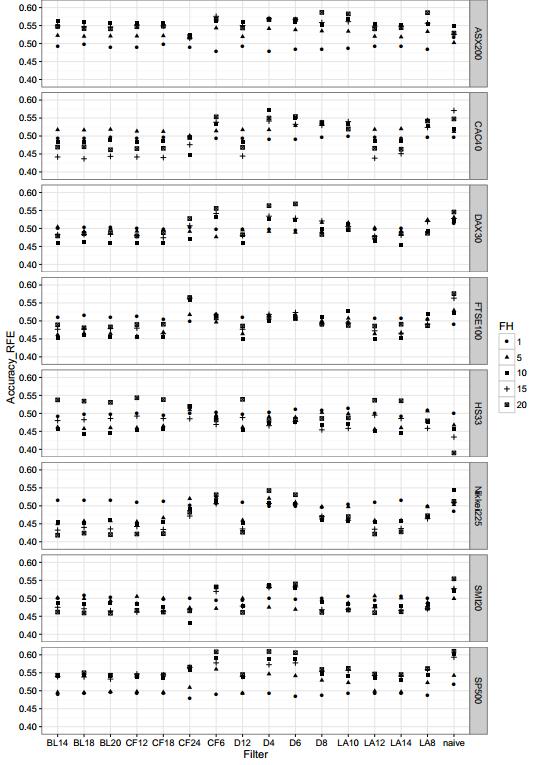
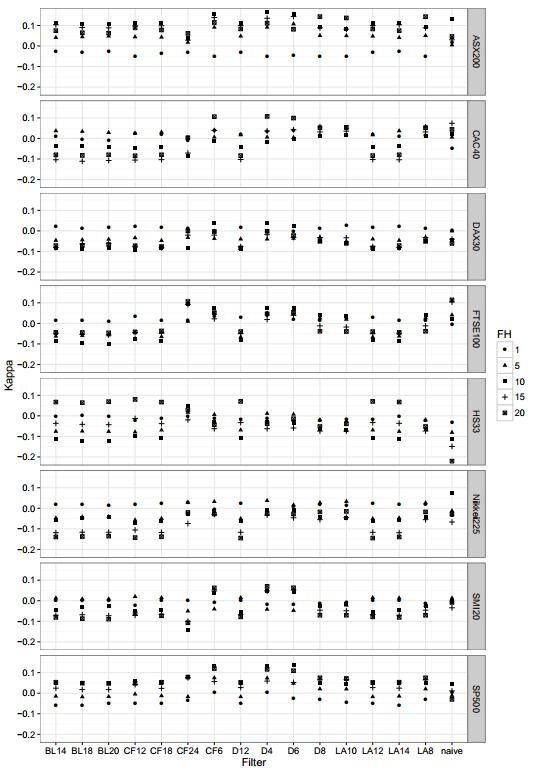
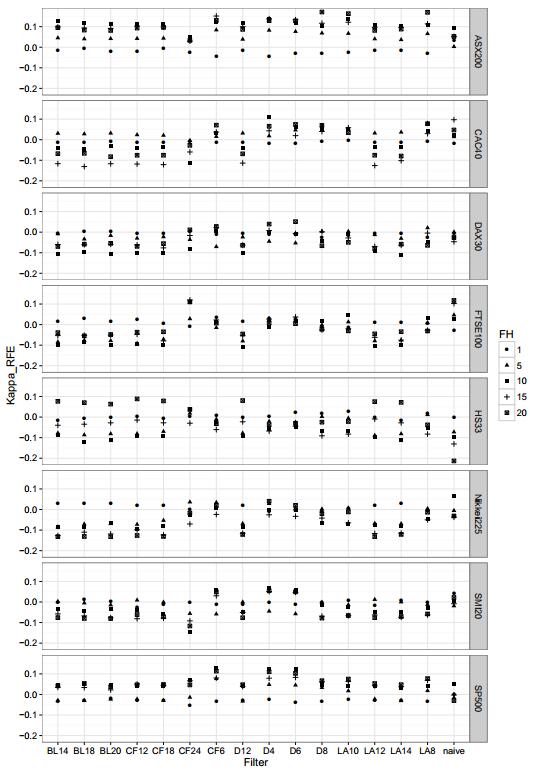
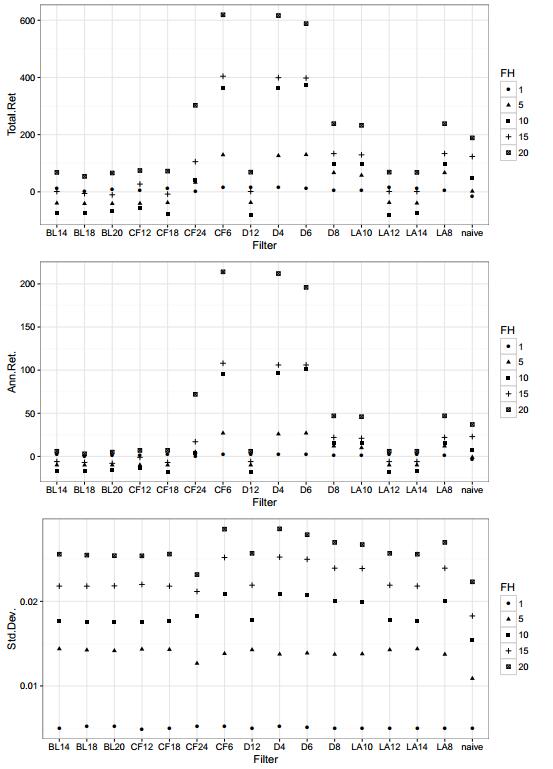
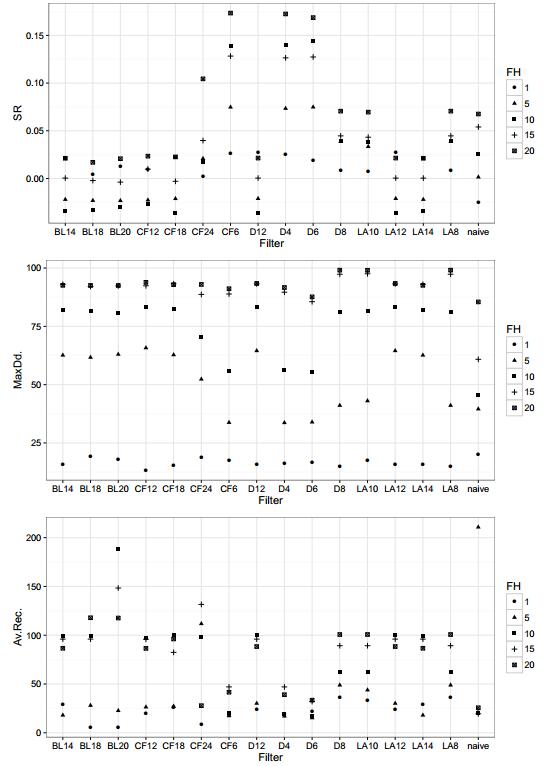
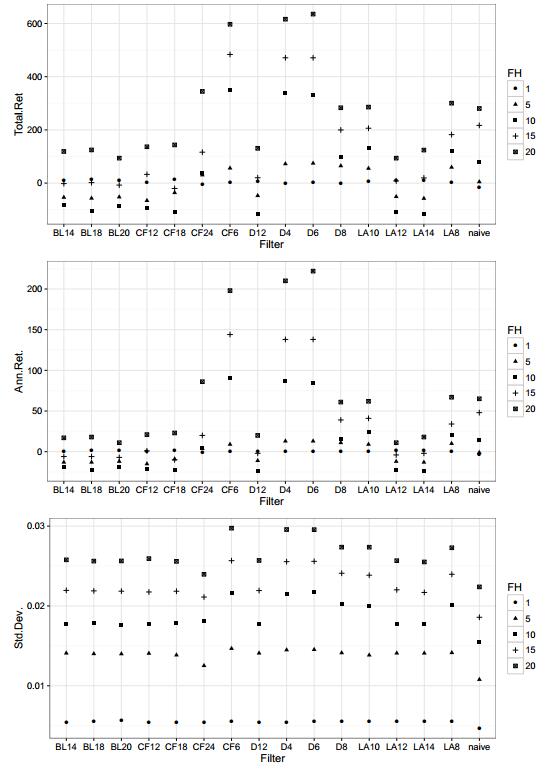
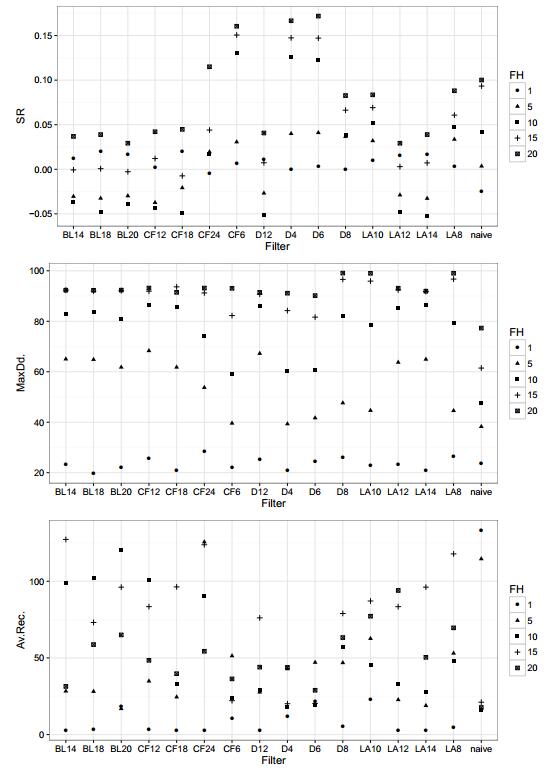


 DownLoad:
DownLoad: